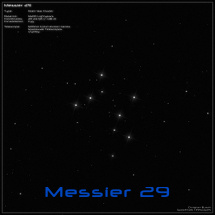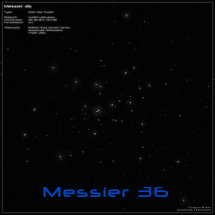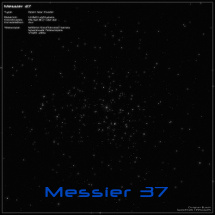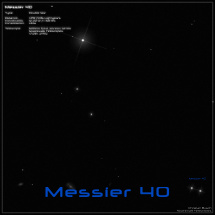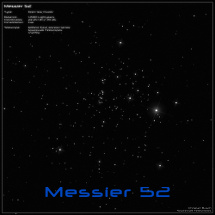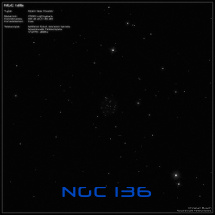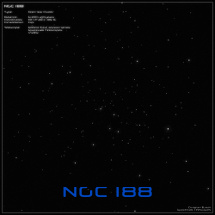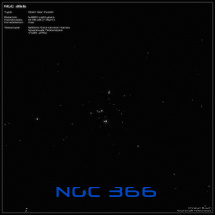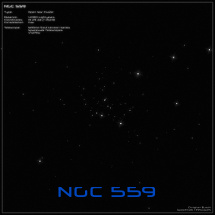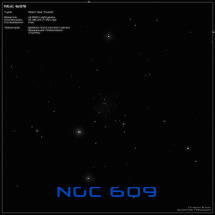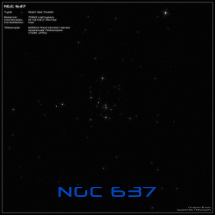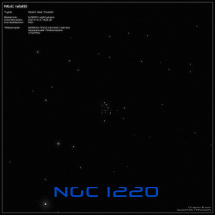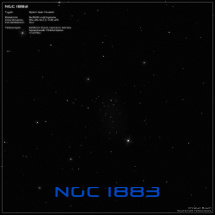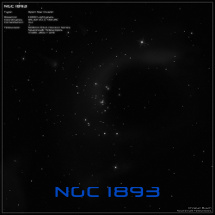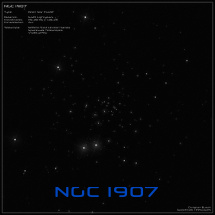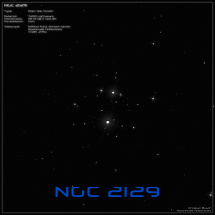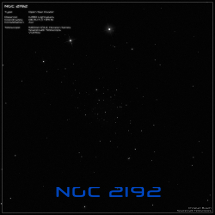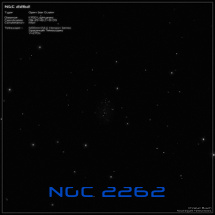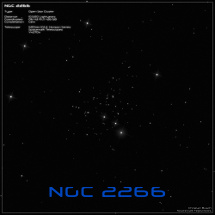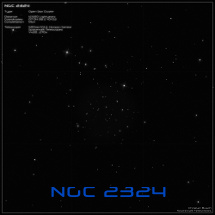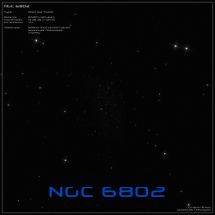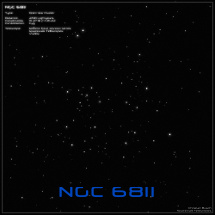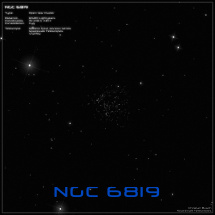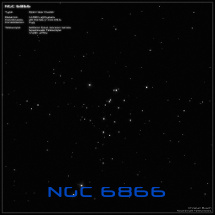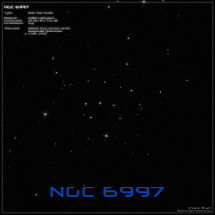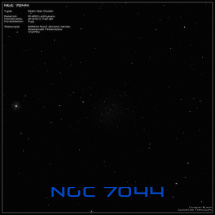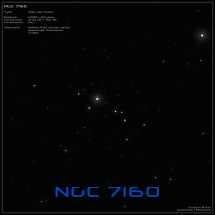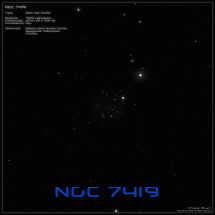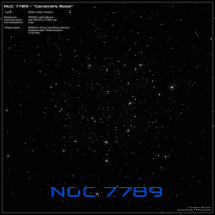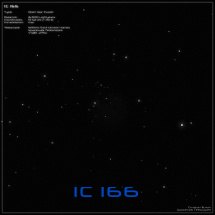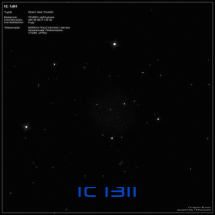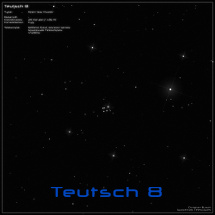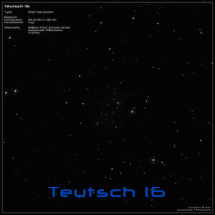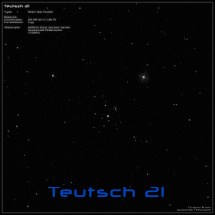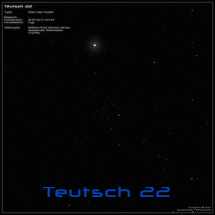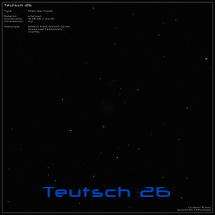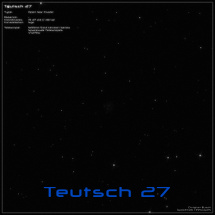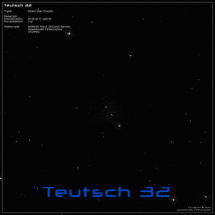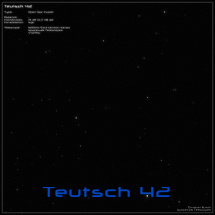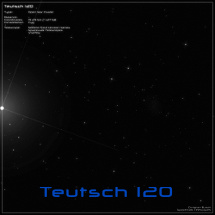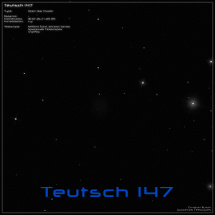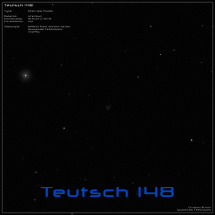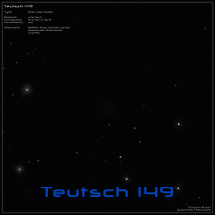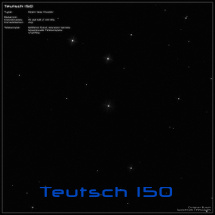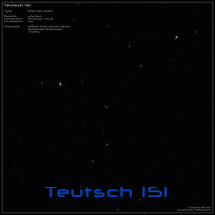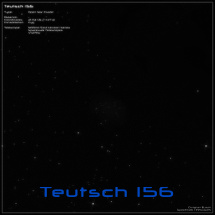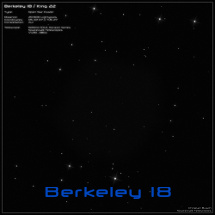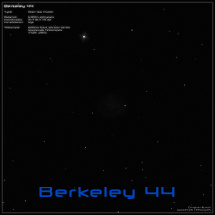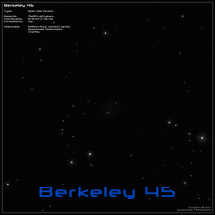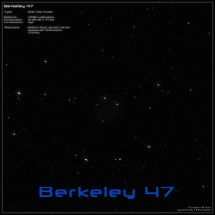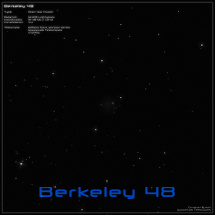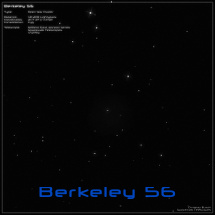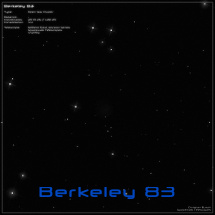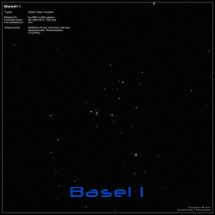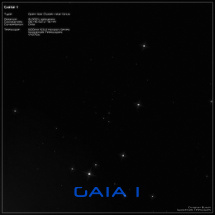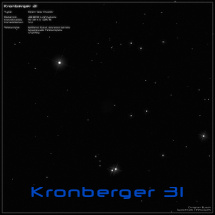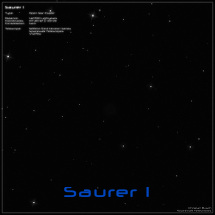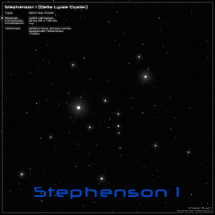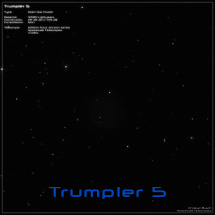
Open clusters are collections of several dozen to several thousand stars. They are mostly found in the spiral arms of our galaxy. Currently, about 1,000 open
clusters are known.
The stars of a cluster are created from the same giant molecular cloud, which can weigh many thousands of solar masses. As this cloud contracts under its weight,
fragmentation creates smaller and smaller sub-regions in which the first stars form. Some of these stars are very massive and therefore develop a very high
temperature, so that they can ionize the surrounding gas and excite it to glow (HII region). The violent stellar winds drive the gas and dust of the molecular
cloud outward. It is then no longer available for further stars. On average, only 10% of the molecular cloud's mass is used for star formation.
The typical open cluster has an inner core with a diameter of 3-4 light-years. The stellar density is by a factor of 400 higher than in the vicinity of our Sun and
is about 1.5 stars per cubic light year - that means you find 1-2 stars in a cube with an edge length of one light year. The halo can extend to a distance of 20...40
lightyears.
Most star clusters lose half of the stars originally present in a period of 150 to 800 million years, because the velocity of the stars is on average higher than the
escape velocity necessary to leave the cluster. Sooner or later most of the open star clusters dissolve.
The brightest star clusters are only a few hundred to thousand light years away from us and show in a telescope many bright glittering stars of different colors.
Far away representatives, on the other hand, look like finest diamond dust in front of a velvety black background.
1) Open star clusters from the Messier catalogue


